thöny

Eduard Thöny was a German caricaturist and illustrator known for his work for the journal Simplicissimus, to which he was invited to contribute by Albert Langen.


Eduard Thöny was a German caricaturist and illustrator known for his work for the journal Simplicissimus, to which he was invited to contribute by Albert Langen.


Wilhelm Thöny was an Austrian artist, graphic designer and illustrator.
Thöny studied at the Munich Academy of Fine Arts, first working as a graphic designer and illustrator for several publishing houses. He began showing his work in exhibitions in 1910 and became one of the founders of the New Secession in Munich. In 1923, together with the artists Alfred Wickenburg and Fritz Silberbauer, Wilhelm Thöny founded the Graz Secession and was appointed its first president. He also worked for many publications. It was a successful period for the artist: he was represented in numerous exhibitions and sold well. He was awarded the honorary title of professor.
In 1938, due to the tense situation in Europe, Thöny and his wife moved to New York, where the artist worked successfully until a warehouse fire in 1948, which destroyed about a thousand of his works. He did not recover from this blow and died a year later. Wilhelm Thöny is now considered one of Austria's greatest modernists. Only a fraction of his vast oeuvre, including battle scenes from World War I and large-scale views of New York City, remains, but his work can be seen in major European and American museums.


Wilhelm Thöny was an Austrian artist, graphic designer and illustrator.
Thöny studied at the Munich Academy of Fine Arts, first working as a graphic designer and illustrator for several publishing houses. He began showing his work in exhibitions in 1910 and became one of the founders of the New Secession in Munich. In 1923, together with the artists Alfred Wickenburg and Fritz Silberbauer, Wilhelm Thöny founded the Graz Secession and was appointed its first president. He also worked for many publications. It was a successful period for the artist: he was represented in numerous exhibitions and sold well. He was awarded the honorary title of professor.
In 1938, due to the tense situation in Europe, Thöny and his wife moved to New York, where the artist worked successfully until a warehouse fire in 1948, which destroyed about a thousand of his works. He did not recover from this blow and died a year later. Wilhelm Thöny is now considered one of Austria's greatest modernists. Only a fraction of his vast oeuvre, including battle scenes from World War I and large-scale views of New York City, remains, but his work can be seen in major European and American museums.


Eduard Thöny was a German caricaturist and illustrator known for his work for the journal Simplicissimus, to which he was invited to contribute by Albert Langen.


Eduard Thöny was a German caricaturist and illustrator known for his work for the journal Simplicissimus, to which he was invited to contribute by Albert Langen.


Eduard Thöny was a German caricaturist and illustrator known for his work for the journal Simplicissimus, to which he was invited to contribute by Albert Langen.


Eduard Thöny was a German caricaturist and illustrator known for his work for the journal Simplicissimus, to which he was invited to contribute by Albert Langen.


Eduard Thöny was a German caricaturist and illustrator known for his work for the journal Simplicissimus, to which he was invited to contribute by Albert Langen.



Thomas Aquinas (Italian: Tommaso d'Aquino, also called Aquinas, alias Doctor Angelicus) was an Italian poet and theologian, philosopher, and major medieval scholastic.
Thomas Aquinas is one of the most important theologians in the history of Western civilization, given the extent of his influence on the development of Roman Catholic theology since the fourteenth century. As a theologian, in his two masterpieces, Summa theologiae and Summa contra gentiles, he created the classical systematization of Latin theology, and as a poet, he wrote some of the most serious and beautiful Eucharistic hymns in the church liturgy. Thomas Aquinas is recognized by the Roman Catholic Church as the foremost Western philosopher and theologian and canonized as a saint.


Paul Gauguin, a French artist born in Paris in 1848, is renowned for his significant contributions to Post-Impressionism, Primitivism, and Synthetism. Gauguin's art is distinguished by his experimental use of color and style, which set him apart from the traditional Impressionist movement.
Gauguin's early life was marked by a period in Peru, which influenced his artistic perspective. Initially, he pursued a career in stockbroking but soon turned to art, driven by financial necessity and a growing passion. His artistic journey began under the mentorship of Impressionist artist Camille Pissarro and through exposure to the works of other avant-garde artists.
The hallmark of Gauguin's work is his exploration of non-Western cultures, particularly during his time in Tahiti and the Marquesas Islands. This period saw the creation of some of his most famous works, including "Where Do We Come From? What Are We? Where Are We Going?" His paintings from this era, characterized by vivid colors and Symbolist themes, reflect a fusion of cultural influences and his quest for a "primitive" expression of spiritual and emotional states.
Despite his innovative style, Gauguin struggled with financial difficulties and health issues throughout his life. His work received little recognition during his lifetime, but posthumously, he gained acclaim for influencing modern artists like Pablo Picasso and Henri Matisse.
Today, Gauguin's works are celebrated in galleries and museums worldwide for their unique blend of cultural influences and artistic innovation. His enduring legacy is a testament to his unique vision and the profound impact he had on the art world.
Collectors and experts in art and antiques, stay updated on new product sales and auction events related to Paul Gauguin. Sign up now for exclusive updates and immerse yourself in the world of this visionary artist.


Henri Matisse, a renowned French visual artist, was celebrated for his vibrant use of color and fluid, original draughtsmanship. Born on December 31, 1869, in Le Cateau-Cambrésis, France, Matisse initially pursued a career in law before turning to art. He first began painting in 1889, a change inspired by convalescence art supplies his mother provided. This marked the beginning of a journey that would see him become a leading figure in modern art.
Matisse's career is notable for its stylistic evolution yet consistent aim to capture the "essential character of things." His early works, characterized by intense colorism, earned him recognition as one of the Fauves, or "wild beasts." The period from 1908 to 1913 was marked by significant developments, with works like "Reclining Odalisque" and "The Red Studio" showcasing his mastery in balance and serenity. In the 1920s, his style evolved to more relaxed forms, with a focus on light, color, and decorative patterns in paintings like his odalisque series.
Matisse's exploration of various mediums, including sculpture and paper collage, reflects his innovative spirit. His later years were dominated by cut paper collages, as health challenges limited his ability to paint. These works, alongside his bold drawings and sculptures, cemented his status as a pioneer in visual art.
For collectors and art experts, Matisse's work remains a testament to creative evolution and expressive use of color and form. His masterpieces can be found in prominent museums and galleries worldwide, continuing to inspire and fascinate art enthusiasts.
To stay updated on new product sales and auction events related to Henri Matisse's art, sign up for our updates. This subscription will keep you informed about opportunities to appreciate and acquire works connected to this iconic artist.














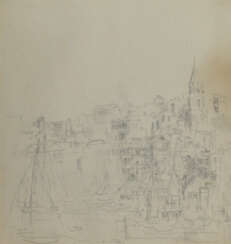







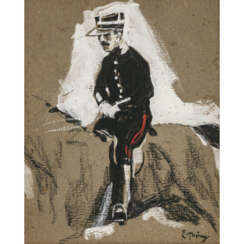










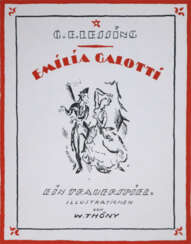

































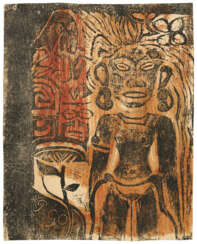



![[FOSTER, George (fl. 1735-1740)] – Robert SAYER (1735-1794).](/assets/image/picture_4361590/74b5a/13dca103bbf8f022f3e8439e6036e3811733871600jpg__fix_374_244.jpeg)
![[FOSTER, George (fl. 1735-1740)] – Robert SAYER (1735-1794).](https://veryimportantlot.com/assets/image/picture_4361590/74b5a/13dca103bbf8f022f3e8439e6036e3811733871600jpg__fix_374_244.jpeg)
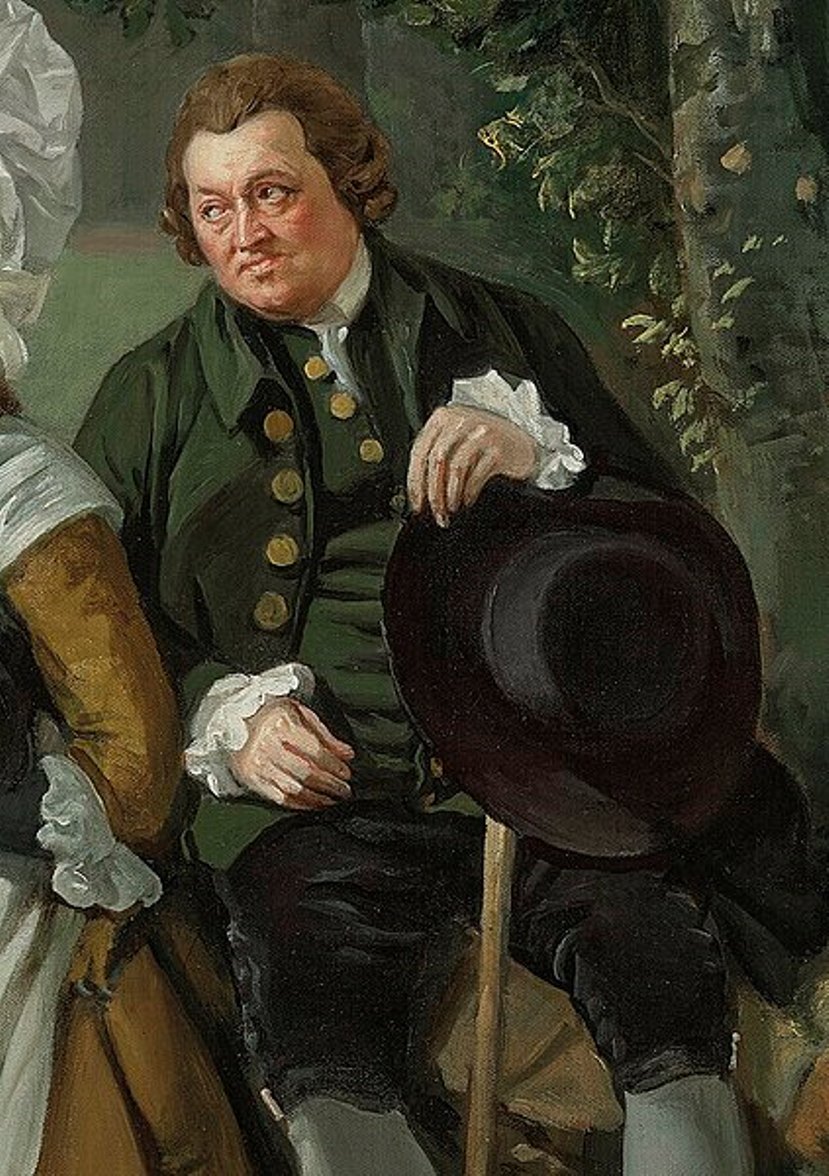

![[POULLAIN DE LA BARRE, François (1647-1723)]](/assets/image/picture_3807235/adcf7/cc29dd598f58a7ee11d3eeba051f63d81710234000jpg__fix_374_244.jpeg)
![[POULLAIN DE LA BARRE, François (1647-1723)]](https://veryimportantlot.com/assets/image/picture_3807235/adcf7/cc29dd598f58a7ee11d3eeba051f63d81710234000jpg__fix_374_244.jpeg)
